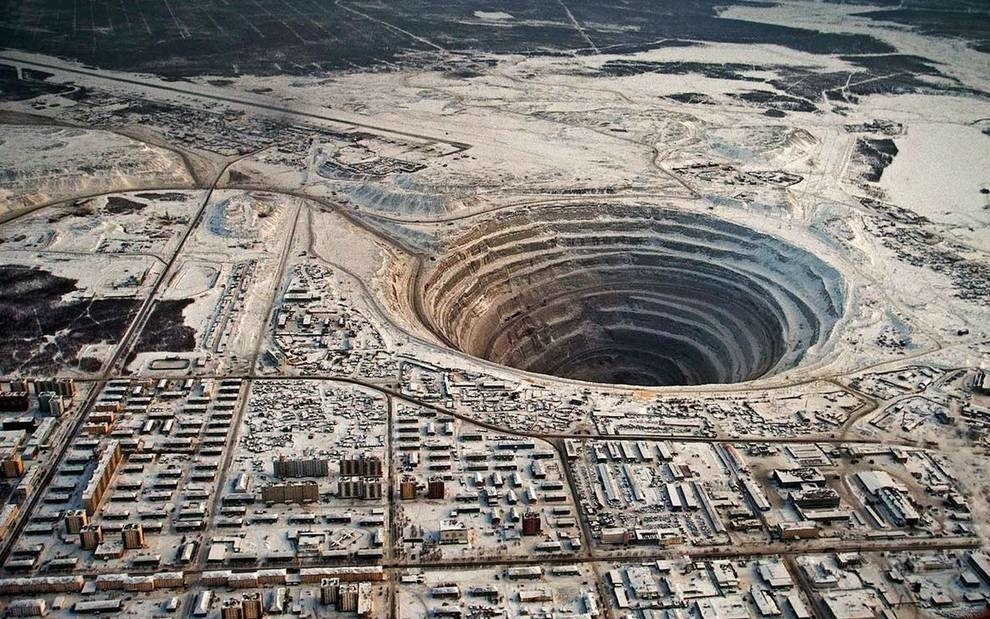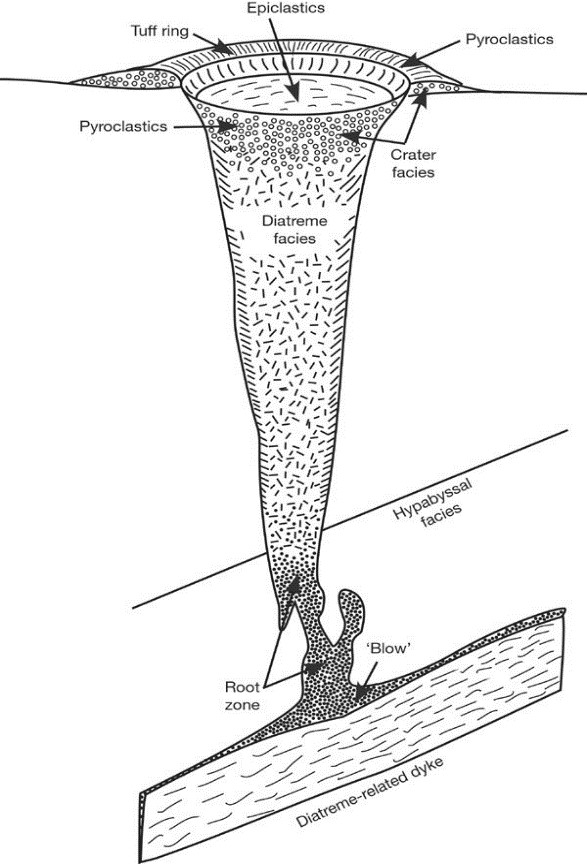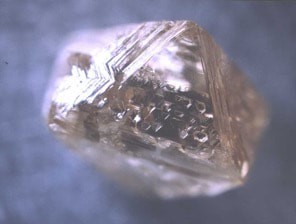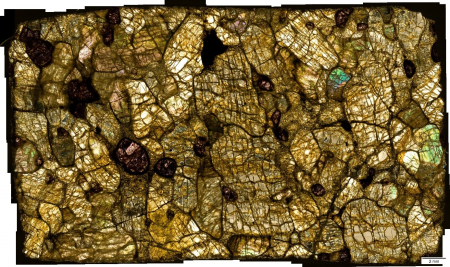
The research conducted at the Geology Department of the University of Szeged, particularly by Sahroz Khan, a PhD student at the Doctoral School of Geosciences, not only makes diamond extraction more cost-effective but also significantly reduces its environmental impact. Khan's work, which focuses on differentiating between barren and diamond-rich deposits, is a key aspect of this environmentally beneficial research.
With over 1,000 rock formations worldwide showing potential for diamond deposits, the need for efficient mining methods is pressing. However, only sixty-one of these formations are currently being mined. Mining rock formations with low diamond content is not only expensive and unprofitable, but it also has a negative environmental impact due to the high energy and labor demands. Sahroz Khan's research at the University of Szeged is crucial for distinguising between rock bodies with a significant amount of diamonds and those with a negligible amount.

Structure of kimberlite: they look like carrots. (https://www.nature.com/articles/nature05692)
The key lies in the conditions of diamond formation, with tangible traces also found in the host rock that evolved alongside the diamond crystals.
Diamond, though rare, is one of the forms of pure carbon. It forms deep beneath the Earth's surface under high pressure at depths exceeding 150 km. The physical conditions in this region keep diamonds stable until they are brought closer to the surface by some geological process. However, during this uplift, the physical parameters change: the pressure drops significantly, and the temperature often decreases, causing diamonds to potentially transform into graphite or react with oxygen, turning into simple carbon dioxide.

Small holes can form in diamonds during their movement towards the surface, where they can also break. Source: website of Sharoz Khan’s co-supervisor (https://dalhousiehighpressurelaboratory.weebly.com/prof-fedortchouk-research.html)
“To "survive" the journey to the surface, diamonds must be preserved and brought up quickly. Unique volcanic rocks, known as kimberlite pipes, are responsible for transporting them to the surface. These pipes are massive, with a surface area of up to 2.5 square kilometers, narrowing downwards like carrots, and can extend to depths of over a kilometer. Their volcanic material ascends very quickly, at more than 5 meters per second (around 20 km/h), and thus preserves some of the diamonds. However, most kimberlite pipes contain very little diamond, less than 5 grams per ton of rock”, Sahroz Khan noted.
Less than 5% of the kimberlite pipes discovered across all continents have been mined, and most do not contain diamonds. Extracting tons of rock with negligible diamond content is both costly and unprofitable for mining companies. Additionally, it requires significant energy and labor, and has a harmful impact on the environment.
“We do not examine diamonds directly but instead look for observable patterns in the composition of other rock-forming minerals surrounding them. These host rock minerals provide important clues about how the diamonds were destroyed. Our investigation is based on comparison: we received rock samples from diamond-rich and diamond-poor mines in South Africa and analyzed them. Among many petrological parameters, we examine, for example, the hydrogen content of minerals that typically should not contain water. In pipes with fewer diamonds, we found that many diamonds had already decomposed underground due to reactions with deep fluids. Most of them were lost where they were formed before being transported by the pipe rocks. We also discovered that some pipe rocks of South Africa had a slow ascent, causing the diamonds to degrade into graphite. Our research helps identify where diamonds are destroyed by studying the host rock, reducing the need for expensive and wasteful mining. This saves money, conserves resources, and helps protect the environment,” the researcher said.
The research started five years ago. Sahroz Khan's co-supervisor, Yana Fedortchouck, who deals with diamond research at Dalhousie University in Canada, proposed this project for his PhD research, and the University of Szeged immediately committed as a partner. Dr. Tivadar M. Tóth, a professor in the Department of Geology at the University of Szeged, supervises Sahroz Khan, with several others also involved in the project.

Dr. Tivadar M. Tóth, professor in the Department of Geology. Photo: Ádám Kovács-Jerney
“Most of the researchers involved in the project are Hungarian, such as Hungarian researcher Dr. István Kovács from the Institute of Earth Physics and Space Science or Dr. Csaba Szabó, a professor at Eotvos Loránd University in Budapest. In addition to expert support, the Institute of Geology at the University of Szeged provided the infrastructure for the research, offering well-equipped laboratories and advanced instruments. Besides, some measurements were fulfilled in cooperation with Austrian scientists,” said Dr. Tivadar M. Tóth, lecturer at the Institute of Geology at the Faculty of Science and Informatics.

A typical rock sample examined during the research appears as follows under the microscope.
Mining is an expensive process that can be optimised based on the findings of this research. From a sustainability perspective, it is also highly beneficial if future extractions take these results into account. The results have been published in high-impact journals such as Gondwana Research. While enough data has been gathered to complete the PhD research, geologists at the University of Szeged, along with the international team, will continue studying the conditions of diamond preservation in other locations.
Original Hungarian text by Ferenc Lévai
Top photo: Mir diamond mine
Photo: Ádám Kovács Jerney, wikipedia, Facebook

